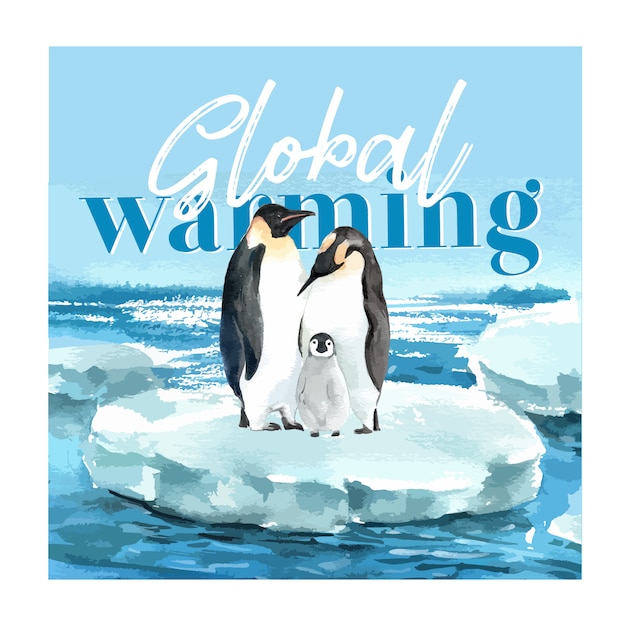

The Arctic is home to the polar bear, one of the most iconic and endangered species on the planet.
The Arctic is the smallest and shallowest of the world’s five major oceans.
The Arctic is experiencing the fastest warming trends compared to any other region on Earth.
The Arctic region is believed to contain about 30% of the world’s undiscovered natural gas reserves.
The Arctic is known for its stunning natural phenomenon, such as the Northern Lights.
The Arctic ecosystem is incredibly fragile, with even small disturbances having lasting effects on the balance of nature.
The Arctic is home to a rich diversity of indigenous cultures and communities, each with its own unique way of life.
The Arctic is covered in ice for more than half of the year, making it a challenging environment to live in.
The Arctic region is warming at twice the rate of the rest of the world, leading to accelerated ice melting and rising sea levels.
The Arctic Ocean is often referred to as the polar frontier due to its remote and extreme conditions.
The Arctic is home to the world’s largest land predator, the polar bear, which can weigh up to 1,500 pounds.
The Arctic is rich in mineral resources, including gold, silver, and diamonds.
The Arctic Circle is an imaginary line that marks the southernmost point at which the sun can remain continuously above or below the horizon for 24 hours on the June and December solstices.
The Arctic region is critical for global climate regulation, acting as a giant air conditioner for the planet.
The Arctic is home to countless species of migratory birds that travel thousands of miles each year to breed and feed.
The Arctic tundra is a unique and delicate ecosystem that supports a variety of mosses, lichens, and shrubs.
The Arctic region spans eight countries: Canada, Russia, the United States, Denmark (Greenland), Norway, Sweden, Finland, and Iceland.
The Arctic is environmentally sensitive, with even the slightest human intervention having significant impacts on the fragile ecosystem.
The Arctic is undergoing a visible transformation due to climate change, with shrinking ice caps and disappearing glaciers.
The Arctic region plays a substantial role in global weather patterns, influencing rainfall, winds, and temperature worldwide.
The Arctic region is home to various subspecies of seals, including the ringed seal, bearded seal, and harp seal.
The Arctic is an important breeding ground for a wide range of migratory fish species, such as salmon and Arctic char.
The Arctic is home to some of the world’s coldest inhabited settlements, where temperatures can plummet below -50°C (-58°F).
The Arctic region has a unique and fragile food web, where each organism relies on the other for survival.
The Arctic is home to various iconic marine mammals, including walruses, belugas, and narwhals.
The Arctic is experiencing an increase in ship traffic as melting ice allows for easier access to previously inaccessible areas.
The Arctic has a significant impact on global ocean currents, influencing the circulation patterns that drive climate systems.
The Arctic region is undergoing a loss of permafrost, leading to land subsidence, increased greenhouse gas emissions, and the release of ancient viruses.
The Arctic is a hotbed for scientific research, with scientists from around the world studying climate change, biodiversity, and ice dynamics.
The Arctic has a unique midnight sun phenomenon during the summer months, where the sun remains visible at midnight due to the region’s high latitude.
The Arctic is home to some of the longest-living creatures on Earth, such as the Greenland shark, which can live for over 400 years.
The Arctic region is a treasure trove for paleontologists, as its permafrost preserves ancient animal remains and fossils.
The Arctic is a vital breeding and calving ground for bowhead whales, which undertake the longest migrations of any mammal.
The Arctic is a stronghold for indigenous knowledge and culture, with communities living in harmony with nature for thousands of years.
The Arctic ice acts as a reflector, bouncing back a significant portion of the sun’s energy into space, helping to regulate global temperatures.
The Arctic is home to a variety of bird species, including the snow bunting, Arctic tern, and snowy owl.
The Arctic region faces numerous challenges, such as increased pollution, resource exploitation, and conflicts over territorial claims.
The Arctic’s frozen landscapes provide scientists with valuable insights into Earth’s climate history, with ice cores acting as time capsules.
The Arctic Circle expands and contracts throughout the year, depending on the tilt of the Earth’s axis.
The Arctic is also known as the High North due to its extreme northern location.
The Arctic is a crucial habitat for many endangered species, including the bowhead whale, walrus, and ivory gull.
The Arctic region has vast offshore oil and gas reserves, attracting international interest and raising concerns about potential environmental disasters.
The Arctic ecosystem relies on sea ice as a breeding ground for algae, which forms the base of the food chain.
The Arctic Ocean has a relatively low salt concentration compared to other oceans, due to the inflow of freshwater from rivers and melting ice.
The Arctic’s changing climate is leading to increased human-animal conflicts, as species are forced to adapt to new conditions and competition for resources intensifies.
Around the world, coffee enthusiasts enjoy Monin coffee concentrate since it is a multipurpose product. Conveniently combining…
The Importance of Choosing the Right Shower for Your Bathroom Renovating your bathroom can be…
Usain Bolt holds the record for the fastest 100-meter sprint in history.Bolt was named Sportsman…
Love is in the air... and it smells suspiciously like chocolate!Roses are red, violets are…
Life's a beach, take a picture and relax.Sun, sand, and salty kisses. That's what beach…
Hungary is home to the largest thermal water cave system in the world.The Rubik's Cube…